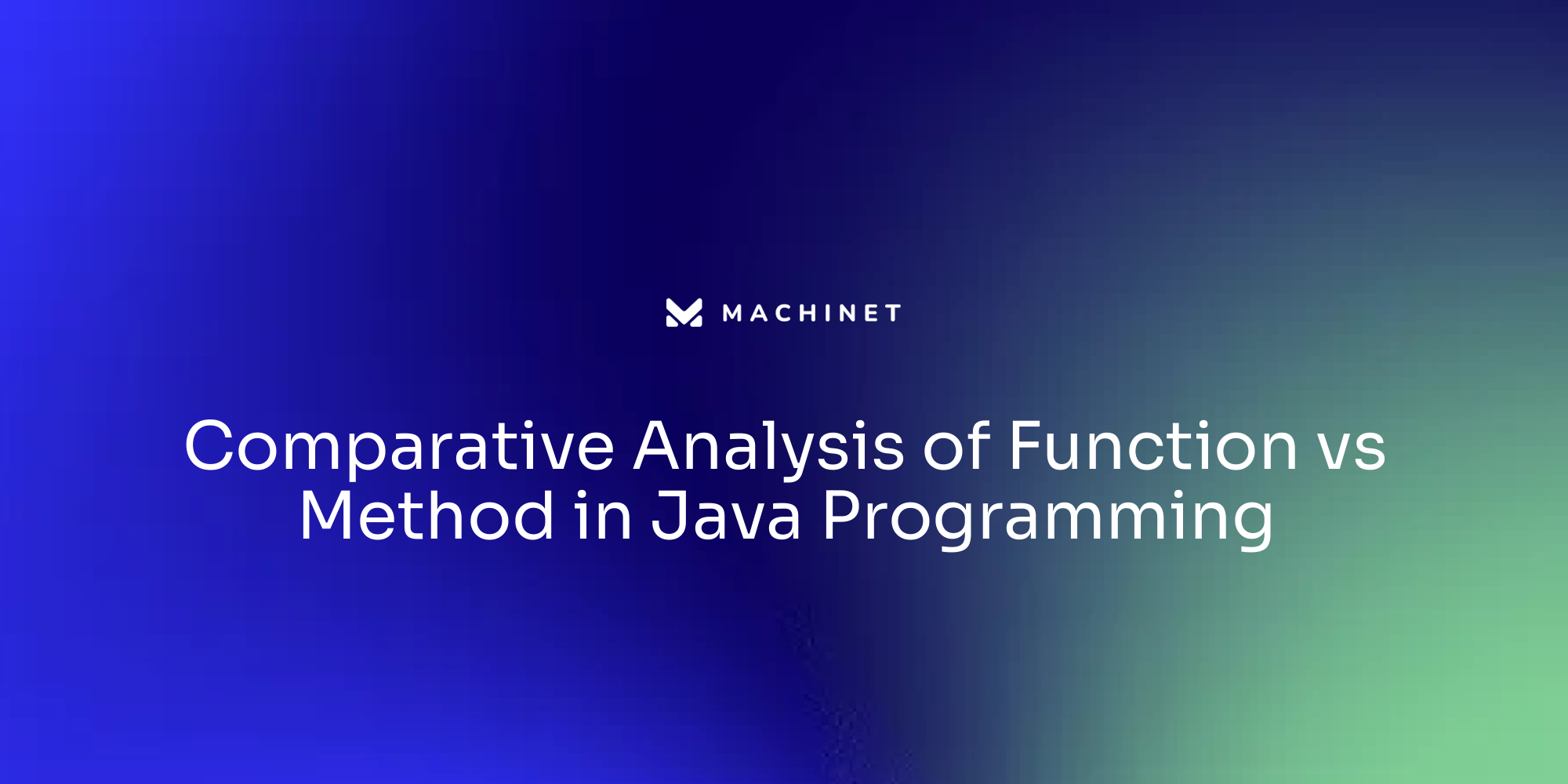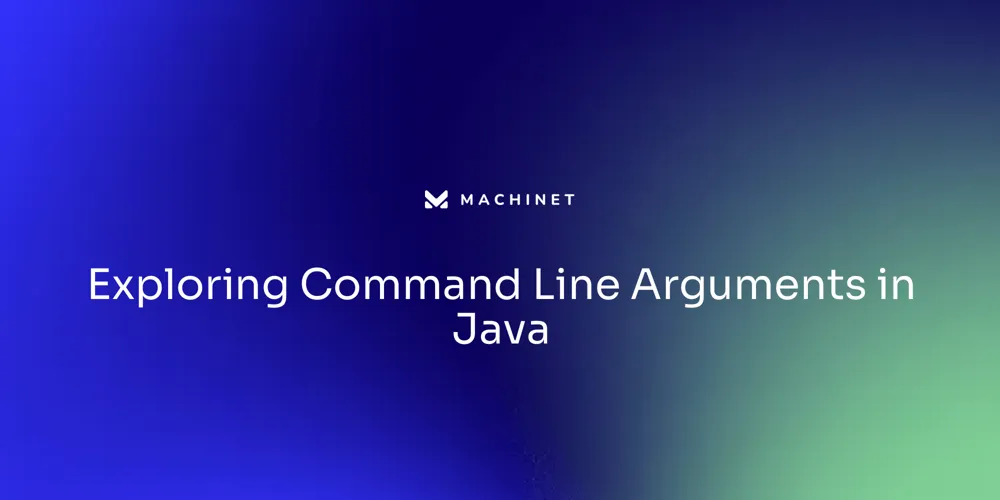
Introduction
In the rapidly evolving world of software development, ensuring that individual code units function as intended is paramount. Unit test generation techniques are vital methodologies employed to achieve this goal. These techniques can be broadly divided into traditional methods, where developers manually write tests based on their understanding of the code, and AI-driven methods, which utilize algorithms to automatically generate tests based on the code's structure and behavior.
The latter has revolutionized the quality assurance process, making it more efficient and effective.
AI-driven unit test generation leverages artificial intelligence and machine learning algorithms to analyze code and identify potential test cases. This process can include static code analysis, which examines the code's structure and syntax, and dynamic code analysis, which observes the code's execution to find potential test cases. Companies adopting AI-powered testing tools have reported significant improvements, including a 40% reduction in testing time and a 60% decrease in bugs found in production.
This efficiency, combined with the ability to generate comprehensive test coverage quickly, underscores the transformative impact of AI in the software testing landscape.
As software development continues to advance, AI-powered testing tools will play an increasingly crucial role in delivering high-quality software efficiently. This article delves into the intricacies of unit test generation techniques, comparing traditional methods with AI-driven approaches, evaluating their effectiveness, and exploring the future directions and challenges in this dynamic field.
Understanding Unit Test Generation Techniques
Unit validation generation techniques are vital approaches to guarantee that individual software components operate as expected. These techniques can be broadly categorized into traditional and AI-driven methods. Conventional methods require developers to manually compose evaluations based on their comprehension of the program. In contrast, AI-driven approaches employ algorithms to automatically create assessments based on the program's structure and behavior.
AI-powered unit scenario creation utilizes artificial intelligence and machine learning methods to examine programs and pinpoint possible examination instances. This process can include static code analysis, which examines the code's structure and syntax, and dynamic code analysis, which observes the code's execution to find potential test cases. The application of AI in evaluation has transformed the quality assurance process, making it more efficient and effective.
Firms utilizing AI-driven evaluation tools have noted a 40% reduction in assessment duration and a 60% decline in errors identified in production. This significant improvement highlights the transformative impact of AI on the testing process. For example, AI-generated unit evaluations can achieve high code coverage, such as producing 96 assessments for 3,000 lines of code, covering 88% of the code in a single day. This efficiency is unmatched by traditional methods.
Moreover, AI-powered solutions can automatically create edge case tests, ensuring comprehensive test coverage. This decreases the manual effort needed in evaluation and enhances the precision of defect identification, resulting in superior quality software. As software development continues to evolve, AI-powered testing tools will play an increasingly vital role in delivering high-quality software efficiently.

Traditional vs. AI-Driven Unit Test Generation
Traditional unit case generation typically involves developers manually creating examination scenarios based on specific requirements and specifications. This process can be both time-consuming and susceptible to human error. In contrast, AI-driven unit examination creation utilizes machine learning algorithms to assess programs and automatically produce a wide variety of evaluation scenarios. These AI resources employ methods like static analysis, which inspects the structure and syntax, and dynamic analysis, which monitors execution, to pinpoint potential scenarios for evaluation.
A significant advantage of AI-driven examination creation is its ability to rapidly produce comprehensive case scenarios, reducing the likelihood of missed situations and significantly enhancing overall code coverage. For example, software such as JetBrains AI Assistant can create unit evaluations for Java and other languages with enhanced effectiveness and precision. Based on practical evaluations, AI-driven automation solutions have demonstrated significant capability in improving coverage and accelerating the creation process.
Furthermore, the launch of advanced instruments like Meta's TestGen-LLM emphasizes the encouraging future of automated testing. This tool employs large language models to automate the enhancement of existing unit evaluations, although its code is not publicly available. However, alternatives like the open-source Cover-Agent have emerged, providing developers with practical solutions for automating evaluation generation and execution.
AI-driven unit generation not only streamlines the evaluation process but also allows developers to focus more on the creative and critical aspects of coding, rather than the repetitive and error-prone task of manual writing. By embracing these advanced tools and techniques, developers can ensure their software is robust, reliable, and ready to meet the demands of modern development practices.

Evaluating Unit Test Generation Techniques
To assess the effectiveness of unit examination generation techniques, several criteria are essential. These encompass coverage metrics, defect identification abilities, rapidity of creation, and the maintainability of the produced evaluations. An effective unit evaluation generation method should guarantee thorough coverage of the program while efficiently identifying edge cases and possible vulnerabilities.
For instance, in a case study, an automated unit verification creation system achieved 88% code coverage for approximately 3,000 lines of code using 96 evaluations, all within a single day. This extraordinary efficiency is enabled by AI-powered assessment instruments, which can create and carry out evaluations more swiftly and precisely than traditional approaches. According to industry reports, organizations utilizing AI-driven evaluations have observed up to a 40% reduction in assessment duration and a 60% decrease in production errors.
Additionally, tools such as JUnit for Java and NUnit for .NET are frequently utilized to carry out these evaluations, ensuring strong coverage. Automated generation of evaluations also plays an essential part in recognizing edge situations, such as empty string cases, which might be missed in manual assessments. By automating case creation, development teams can maintain a rapid pace without compromising on quality assurance, ultimately leading to more reliable and thoroughly evaluated software products.

Metrics for Assessing Unit Test Effectiveness
Metrics are essential in evaluating the effectiveness of unit evaluations. Essential metrics consist of coverage percentage, mutation score, and the quantity of defects identified. Code coverage percentage assesses how much of the code is run by the evaluations, ensuring that different sections of the code are utilized. Mutation score, on the other hand, assesses the evaluations' capability to identify deliberately introduced faults, referred to as mutants. The importance of these metrics cannot be overstated, as evident from the Consortium for Information & Software Quality (CISQ) report highlighting that defective software cost over $2 trillion in the U.S. in 2022 alone. These metrics, therefore, offer valuable insights into the quality of assessments and help identify areas that need enhancement. Improved tools and frameworks, such as Google Test, are consistently being created to better identify problems like faulty green validations, ensuring that evaluations are truly effective and not merely superficially succeeding.

Challenges and Future Directions in Unit Test Generation
'Despite significant advancements in unit examination generation techniques, several challenges persist in the realm of software evaluation.'. Contemporary software systems are becoming more intricate, demanding high-quality evaluation data to guarantee thorough coverage. Incorporating assessment creation resources into current processes continues to be a challenging endeavor. Future directions in this field may involve the development of more sophisticated AI models that can better understand context and requirements. AI-driven tools provide the capability to automate repetitive activities such as execution, result analysis, and reporting, greatly enhancing efficiency and speed. For example, automated test case generation can achieve remarkable results, such as generating unit tests for approximately 3,000 lines of code with 88% code coverage in a single day. 'This automation not only speeds up the evaluation process but also allows testers to concentrate on more intricate and strategic activities.'. As Sairam Vedam, Chief Marketing Officer of Cigniti Technologies Limited, observes, the collaboration between AI and human skills will transform the future of software evaluation, making it more resilient and responsive to the changing needs of the digital era. By leveraging AI, organizations can overcome the limitations of traditional methods, enhance test coverage, and accelerate the delivery of high-quality software. Effective collaboration between developers and testing tools is essential to streamline the testing process, ensuring applications meet specified requirements and provide a seamless user experience.

Conclusion
The exploration of unit test generation techniques reveals a clear distinction between traditional and AI-driven methods. Traditional techniques, reliant on manual test creation, are often time-consuming and prone to human error. In contrast, AI-driven approaches leverage advanced algorithms to automate the test generation process, significantly enhancing efficiency and accuracy.
The ability of AI to analyze code structure and behavior allows for comprehensive test coverage, which is critical in identifying potential defects and ensuring software reliability.
The advantages of AI-driven unit test generation are evident in the substantial improvements reported by organizations that have adopted these technologies. Metrics indicate that companies have experienced a 40% reduction in testing time and a 60% decrease in production bugs. The use of AI tools not only accelerates the generation of test cases but also enables the automatic identification of edge cases, thereby ensuring a higher quality of software.
This shift towards automation allows developers to allocate more time to creative coding tasks, rather than the repetitive nature of manual testing.
Despite the significant progress made, challenges remain in the integration of these advanced tools into existing workflows. The complexity of modern software systems necessitates continuous refinement of AI models to better understand context and requirements. As the landscape of software development evolves, the synergy between AI technologies and human expertise will be vital.
By embracing AI-driven unit test generation techniques, organizations can enhance their testing processes, improve software quality, and meet the ever-increasing demands of the digital environment.
AI agent for developers
Boost your productivity with Mate. Easily connect your project, generate code, and debug smarter - all powered by AI.
Do you want to solve problems like this faster? Download Mate for free now.




